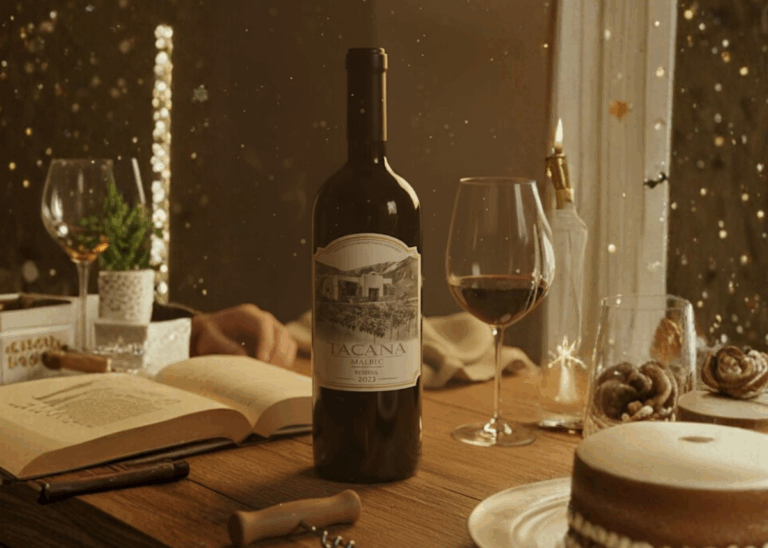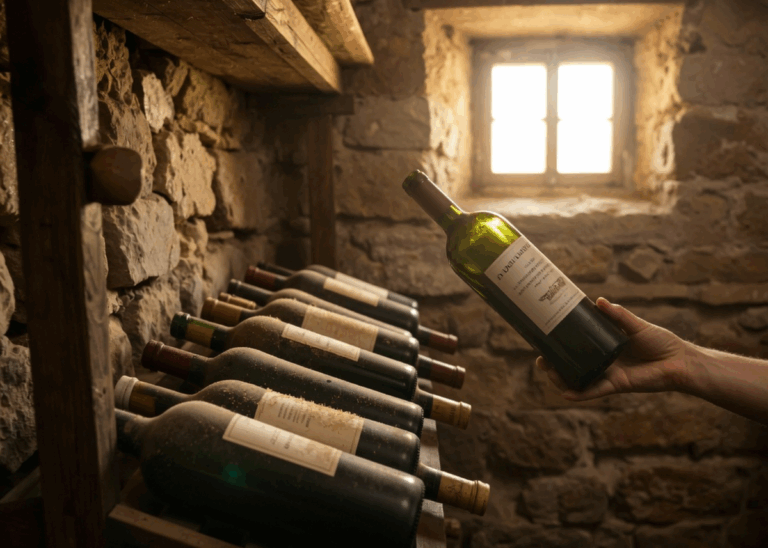[et_pb_section fb_built=”1″ _builder_version=”4.11.1″ _module_preset=”default” global_colors_info=”{}”][et_pb_row _builder_version=”4.11.1″ _module_preset=”default” global_colors_info=”{}”][et_pb_column type=”4_4″ _builder_version=”4.11.1″ _module_preset=”default” global_colors_info=”{}”][et_pb_text _builder_version=”4.11.1″ _module_preset=”default” global_colors_info=”{}”]
Spain. Most people don’t give it a second thought as a wine region. That’s a mistake.
Spain has more acreage devoted to vines than any other country. Its northern regions have produced some of the greatest vintages of all time (e.g. the Pingus ’95 and ’97). When phylloxera decimated Bordeaux in the late 1800s, its winemakers turned, not to Italy, but to Spain in order to honor their contracts (sadly, Spain soon caught the bug, too).
And where in Europe can one find a better soil for grapes? Limestone, slate, a thin clay layer to absorb the sun’s heat during the day, and so dry that the vines must be spaced far apart to conserve water (in much of northern Spain, irrigation remains largely impractical, even today).
[/et_pb_text][et_pb_image src=”https://bonnerprivatewines.com/wp-content/uploads/2021/10/Writhingvines.png” title_text=”Writhingvines” align=”center” _builder_version=”4.11.1″ _module_preset=”default” global_colors_info=”{}”][/et_pb_image][et_pb_text _builder_version=”4.11.1″ _module_preset=”default” hover_enabled=”0″ global_colors_info=”{}” sticky_enabled=”0″]
Conditions in Spain can be so rough, vines are said to writhe in pain
To what, then, do we owe our ignorance of this storied wine region, in operation since the Phoenicians arrived 3,000 years ago on their conquest of the Mediterranean?
This week, in preparation for our upcoming Spanish Collection, we delve into this gross neglect.
More on that below… But first, what does wine have to do with vaccines?
This week, resident wine expert Julien Miquel teaches us about his fellow Frenchman, Louis Pasteur… his order from the French government to prevent wine spoilage… how what he discovered in the glass changed our understanding of the living world… and how he invented modern winemaking as we know it…
[/et_pb_text][et_pb_video src=”https://youtu.be/_aEC-vIjYGs” module_id=”video” _builder_version=”4.11.1″ _module_preset=”default” width=”72%” width_tablet=”85%” width_phone=”95%” width_last_edited=”on|phone” module_alignment=”center” global_colors_info=”{}”][/et_pb_video][et_pb_text _builder_version=”4.11.1″ _module_preset=”default” global_colors_info=”{}”]
A History of Spanish Wine (Cont’d)
The excellence of Spanish wine is all the more amazing for the many times Spanish winemaking nearly met its end.
The story begins a little over 3,000 years ago, possibly around 1200 BC (no one really knows), when the Phoenician sea empire, based in modern-day Lebanon, reached southern Spain. Between founding the city of Cadiz and mining silver (the Bible mentions King Solomon purchasing silver from the Phoenicians), the Phoenicians took the trouble to introduce tempranillo to the area and plant the first vineyards in Rioja.
[/et_pb_text][et_pb_image src=”https://bonnerprivatewines.com/wp-content/uploads/2021/10/TempranilloGrape.png” title_text=”TempranilloGrape” align=”center” _builder_version=”4.11.1″ _module_preset=”default” global_colors_info=”{}”][/et_pb_image][et_pb_text _builder_version=”4.11.1″ _module_preset=”default” global_colors_info=”{}”]
The tempranillo grape
It wasn’t long before the nascent wine industry in Spain, or Iberia as it was then known, faced its first existential threat. Phoenicia’s decline came swiftly, conquered successively by “the Greats” – first Cyrus, then Alexander.
The Romans, arriving several centuries later, revived the tradition. Yet, they, too, eventually fell before the march of history, leaving the task of keeping the vines alive to monks and monasteries. Once again, it was not to last. In 700 AD, the Moors invaded and banned the production of alcohol.
Many more decades, wars, and empires followed. Spain’s winemakers endured.
[/et_pb_text][et_pb_image src=”https://bonnerprivatewines.com/wp-content/uploads/2021/10/CharlemagneVineyard.png” title_text=”CharlemagneVineyard” align=”center” _builder_version=”4.11.1″ _module_preset=”default” global_colors_info=”{}”][/et_pb_image][et_pb_text _builder_version=”4.11.1″ _module_preset=”default” global_colors_info=”{}”]
A vineyard near a ruined bridge once used by Charlemagne
In the late 1800s, their resilience paid off. After the phylloxera blight destroyed Bordeaux, the French wineries honored their contracts by building a train line to Rioja in order to cart thousands of barrels of wine over the Pyrenees.
Eventually, Spain got the blight, too. And, as it was just beginning to recover, the Spanish civil war, and Franco’s subsequent victory, plunged the country into a severe multi-decade depression. While France and Italy enjoyed a great revival in the early 1970s, years under a dictatorship left the country largely in the shadows as far as the wine world was concerned.
In terms of branding, Spanish wine is still playing catch up, even today. Yet, in its dark, moldy cellars cut into solid rock 500 years ago… in its old vineyards… on its steep, misty slopes… one can find some of the least known, yet most exciting wines in Europe…
More on that next week….
Sincerely,
The Wine Explorer
[/et_pb_text][/et_pb_column][/et_pb_row][/et_pb_section]


